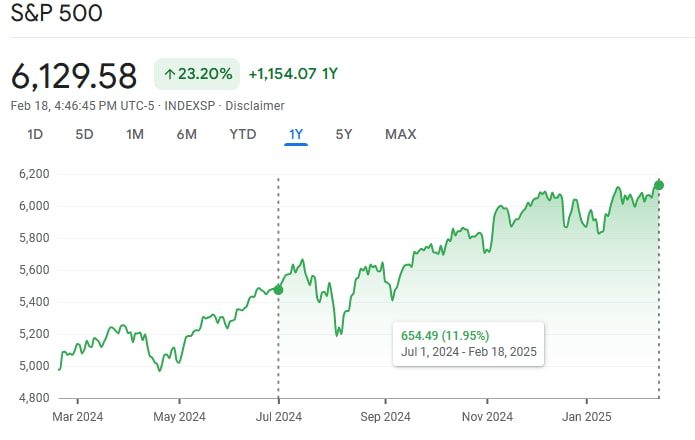Artificial intelligence (AI) has been the dominant narrative in the financial markets for two years.
While most of that attention has been focused on automation, large language models (LLMs) like OpenAI’s ChatGPT, recent contender DeepSeek, or semiconductor sympathy plays like Nvidia, the cutting edge of technology has also had an effect on how institutional investors go about their business.
The use of algorithms in trading is nothing new — but one hedge fund has taken the practice to a new height.
Picks for you
Minotaur Capital was founded in November of 2023 by Thomas Rice, a former Perpetual Ltd. portfolio manager, and Armina Rosenberg, who previously managed a global stock portfolio for tech billionaire Mike Cannon-Brookes and ran Australian small-cap equity research at JPMorgan Chase. Rice and Rosenberg crossed paths by being early investors in Zoom.
So, how exactly has Minotaur reached those new heights? The Minotaur Global Opportunities Fund employs 0 human analysts or staff — it is entirely AI-driven. While an operation of such magnitude does require capital expenditure, the fund estimates that it has cut costs in half when compared to the cost of hiring a junior analyst.
AI hedge fund has provided a 13.7% return in the past 6 months
First, let’s compare the fund’s performance with that of the S&P 500. We’ll use the Minotaur Global Opportunities Fund’s performance since the start of the AI hedge fund’s financial year as a starting point.
From July to January, the fund had 6 months of positive returns and 1 month of negative returns. Its best performance was in November when it marked a gain of 7.7% — while the solitary month that was in the red, August, saw a 0.4% decline. On the whole, however, during this period, the fund netted an 18.7% return.

In the same timeframe, the S&P 500 secured an 11.95% return — so the degree of Minotaur’s overperformance is quite impressive.

The AI hedge fund charges a 1.5% management fee, as well as a 20% performance fee on any profits made. Rosenberg has stated that she expects assets under management (AUM) to grow to $31 million by the end of 2025.
So, how does it work? Minotaur’s AI model digests roughly 5,000 news articles daily — if it finds that a stock can double within 3 years or see prices increase tenfold within 10 years, it churns out a 2,000-word report on the equity in question.
As impressive as the results thus far have been, readers should note that the AI hedge fund has not been in operation for long — and that only a long-term track record of success will be able to validate whether or not the strategy is truly sustainable.
Featured image via Shutterstock







